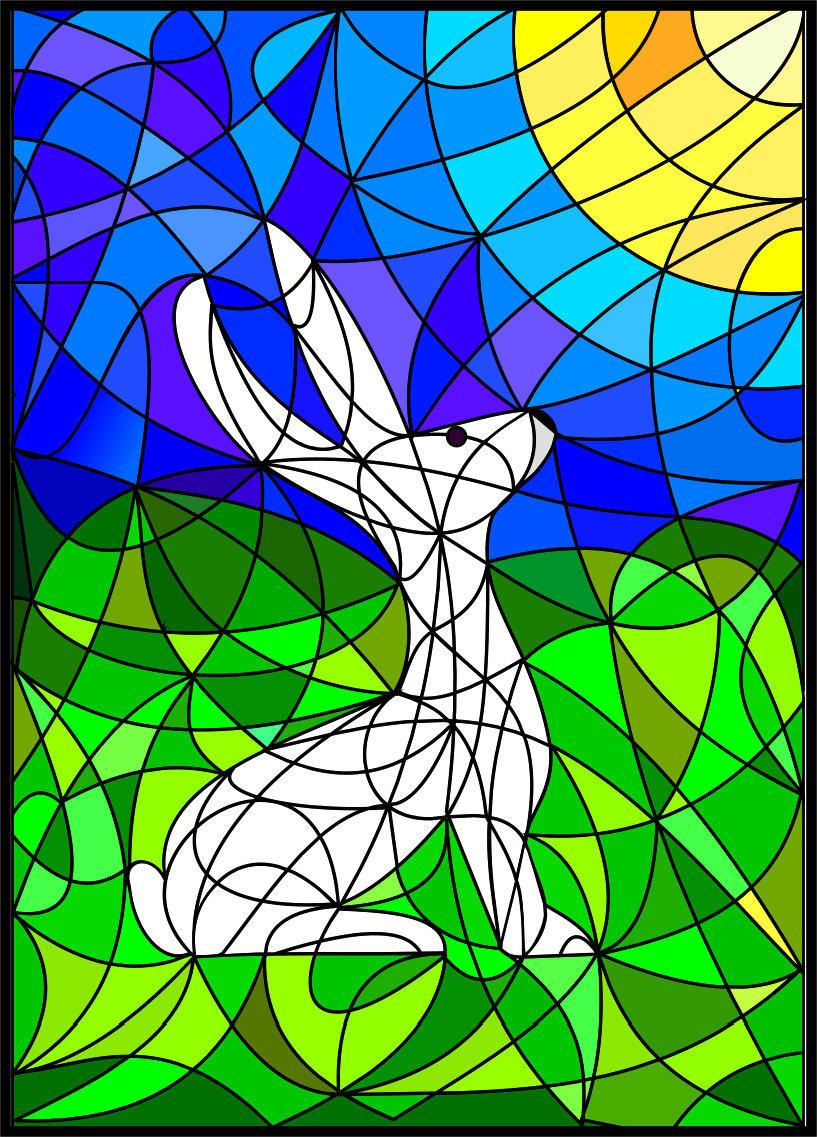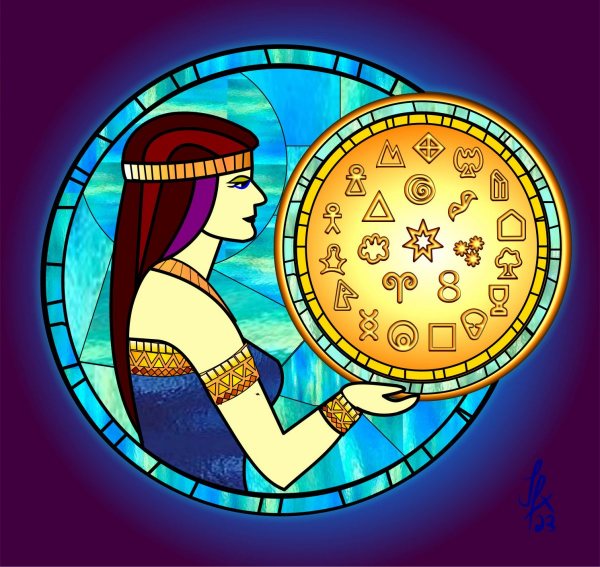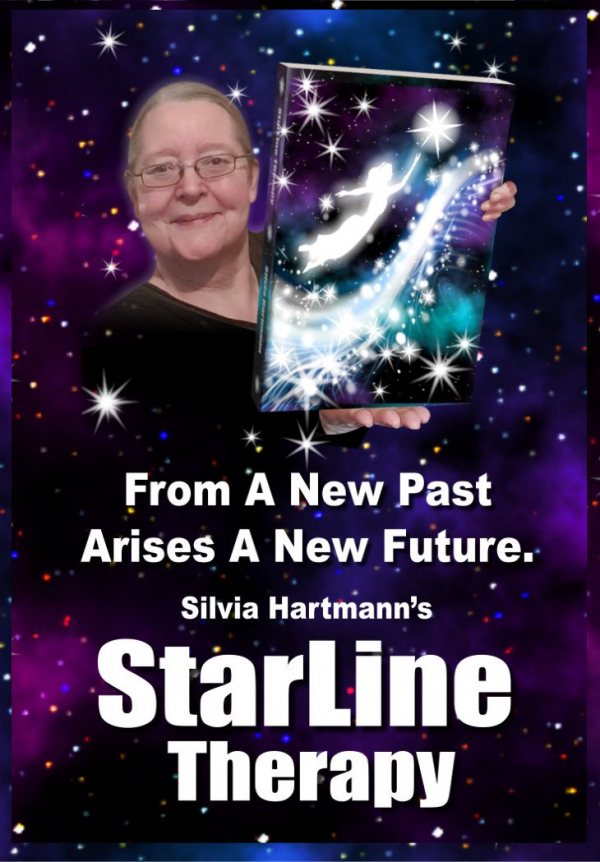Fairy Tale Therapy
by Silvia Hartmann, Author, Project Sanctuary
Fairy Tale Therapy Introduction | Examples Of Fairy Tale Therapy | Re-writing fairy tales | Creating NEW fairy tales | Evolving fairy tales | Fairy Tale Metaphors | Fairy Tale Therapy Conclusion
Fairy Tale Therapy Introduction
Fairy tales are an interesting topic on many levels. Fairy Tales are important because culturally they are told to young children who have not yet the kinds of filters in place that would make an adult reject a wrongful or clearly illogical idea. Children "absorb" fairy tales, and with the fairy tales they absorb the beliefs, values, "morals" and "lessons" that are hidden inside the fairy tale.
The hidden "lessons" in fairy tales can cause long lasting, damaging, unconscious programming to run, which then later on, shows up as inner conflicts, a failure to thrive, and all manner of energetic and psychological problems directly caused by the structure and content of fairy tales, or old wives tails, as we refer to them in jest.
Through Project Sanctuary, we regain the power over fairy tales, and we can use this for fairy tale therapy in all manner of beneficial and healing ways.
Fairy Tale Therapy, Project Sanctuary style, includes:
Each one of these approaches is extremely powerful and transformational to the person who undertakes this; Project Sanctuary personalises the experience of fairy tales which makes fairy tale therapy with Project Sanctuary very targeted, specific, and effective.
Here are some examples of using Project Sanctuary for Fairy Tale Therapy.
Examples Of Fairy Tale Therapy
1. Re-writing fairy tales that have had a negative impact on a person
This lady, when asked about a fairy tale that had a bad impact on her as a child and in her life, remembered Rumpelstiltskin. As a child, she got terrified that a frightening dwarf would appear out of nowhere and take her doll away; as an adult, she was likewise always frightened of someone stealing her children, but also suffered from an all pervading sense of being vulnerable, open to attack, and never, ever safe, not even in her own home, or in her own bed.
She didn't remember the fairy tale correctly as this doesn't happen in Rumpelstiltskin at all; when she heard it as a child, she understood it to mean that there are evil dwarfs who simply appear out of nowhere, at any time, and take away your babies.
This was the fairy tale that needed to be re-written; in the re-written version of her personal Rumpelstiltskin, the dwarf appears out of nowhere to take the child's doll, and a powerful guardian angel swoops in to protect the child. The evil dwarf is questioned as to what he wants with the child; it transpires that he is lonely. A place and time is found where there are many of his race, he finds a wife, has his own children and ceases to trouble humanity at large.
After the experience, the lady in question said that she felt a sense of peace and joy she hadn't known since before she was five years old.
- A lot of people think that something like fairy tale therapy is silly, or a mind game for bored middle aged housewives, but the fact is that 30 years of therapy, meditation and counselling, medication, exercise, diet and religion never made an impact on that "all pervading sense of danger that is always with me" - but the fairy tale therapy did.
2. Creating NEW fairy tales which are the antidote to damage done by old fairy tales
A Pagan said that they were always troubled by Hansel & Gretel fairy tale. To this gentleman, the fairy tale of Hansel & Gretel summed up the fear of the bad witch; not wanting to be like that, being conflicted about his path in natural healing at a very deep and profound level.
He said that he felt strongly only a new fairy tale that was more powerful could overwrite the damage done by old one; so a Project Sanctuary Classic Game was undertaken to write the new fairy tale.
In his story, a mother, father and the two children were driven from their homes by alien invaders and all went into woods to escape. There, they found a house in which a wise magician lived who taught them how to survive on natural things and all four learned special skills and worked together on making a wonderful home for themselves. Later, a lost prince arrives. They save him, take him in and heal him; and as a reward, he gives the family ownership of the whole forest. To this day, the descendants of the family live in the forest, and anyone who wants to learn the ways of nature can visit with them, stay awhile, and return healed and much the wiser to their every day endeavours.
- Now as we read this, we find the story moving and very original; for the pagan gentleman in question, it was much more so as this was his own story, in his own words. The old fairy tale never troubled him again.
3. Evolving fairy tales beyond what they were into something new to create a threshold shift
A young woman made the note that she hated the ending in fairy tales "and they lived happily ever after". She said that as a child she'd hated it because she didn't know what it meant, and now being an adult, she hated it even more "because nobody ever lives happily ever after, or at all".
When asked to choose "one fairy tale that stands for them all, and if we evolve that one, they will all evolve at the same time" the young lady chose Cinderella.
"You can't tell me there weren't problems in the relationship after they got married," she said heatedly. "They're from totally different social classes, how is that ever going to work!"
The fairy tale therapy in this case started with asking, "So what's the last thing that happened in the fairy tale? And what happens next?"
The story starts in the coach after the wedding, going on honeymoon to a country castle retreat in a beautiful place. The new princess should be happy there but she isn't, even though her husband is doting; she doesn't understand court restrictions and doesn't know how to deal with the staff, having been a servant herself. The butlers look down on her, the maids tittle and tattle, and when the prince isn't looking, the man servants are actually rude. So she takes to walking in the gardens, further and further away until one day she comes across a small house at the edge of the property boundaries. There lives an older lady who had been the nursemaid to the royal children. She is very kind and adopts the princess as a charge and a friend, teaches her what she needs to know.
The big test for the princess' new found skills comes at the birthday party of the prince, when all the disdainful, haughty royal relatives and the court descends with their even more snooty servants. She passes it with flying colors, and with the kindly lady by her side, she really does now live happily, growing into her role as a queen she will be soon enough.
The young lady who created this story for herself in fairy tale therapy with Project Sanctuary said that she was no longer angry about the living happily ever after, and that it was never an end, but always an invitation for further learning, experiences and unexpected help and good surprises too.
4. Taking charge of fairy tale components, such as artefacts and archetypes
Fairy tale therapy is an advanced form of metaphor therapy; and metaphor artefacts and archetypes turn up everywhere and as soon as anyone actually starts to consider their dreams and what they mean, begins artistic endeavours or starts to meditate.
Here are two examples of metaphor, artefact and archetype transformation using the lovely liquid Project Sanctuary metamorphosis techniques.
A person who had a big problem with the frog from the frog prince fairy tale - "You can kiss a frog until the cows come home, it will always stay a frog!" - froze the scene, walked around the princess and the frog to look at the whole thing from a new perspective and discovered that it was the spirit of the prince which had been turned into a frog-like spirit by an evil witch (most likely his step mother who hated him) and that love could indeed, turn the frog into a prince again. This gave her a whole new perspective on many things and "showed me possibilities where everything was stuck before and so negative".
A person who "had a thing about swords" went in fairy tale metaphor therapy to the sword in the stone of King Arthur. He realised he had to look for his own special and unique sword in the stone, found it, extracted it and it turned into liquid light that went into his body and strengthened his shoulders, back and spine. With the real sword found and used correctly, he didn't have to obsessively collect swords any longer.
Fairy Tale Therapy - Conclusion
Making the "hard and fast" fairy tales of old into liquid, personal experiences that are under a person's own control is a hugely transformational move in its own right.
When we encourage children to do this right from the start, to not just absorb old fairy tales as they are but take them, make them your own and evolve them into something useful, pro-active, nourishing and encouraging, we do much more than just avoid long term damage to the neurology and the energy system alike.
- Putting someone in charge of *all their stories* - which includes heirloom stories, all forms of old wives tails, religious stories, what they see on TV and read in the newspaper, and also, their very own memories and imaginations as well as fairy tales - is probably THE single most powerful key to personal development we could give to a person.
Once someone has learned through fairy tale therapy that they get to write their own story, in the widest possible metaphorical sense, we have achieved something extremely precious; something we might as well call freedom.
Silvia Hartmann
Author, Project Sanctuary
July 2010
Fairy Tale Therapy Introduction | Examples Of Fairy Tale Therapy | Re-writing fairy tales | Creating NEW fairy tales | Evolving fairy tales | Fairy Tale Metaphors | Fairy Tale Therapy Conclusion
Fairy Tale Therapy by Silvia Hartmann (c) 2010. All Rights Reserved.
References:
|
 "Traveling from star to star, exploring the mysteries of the deepest oceans, magical market places, worlds upon worlds all from the comfort of your own favourite chair; that’s Project Sanctuary." Will Taylor
"Traveling from star to star, exploring the mysteries of the deepest oceans, magical market places, worlds upon worlds all from the comfort of your own favourite chair; that’s Project Sanctuary." Will Taylor










